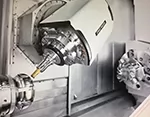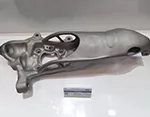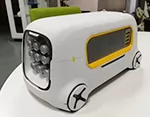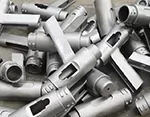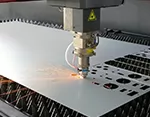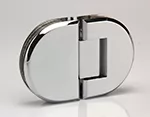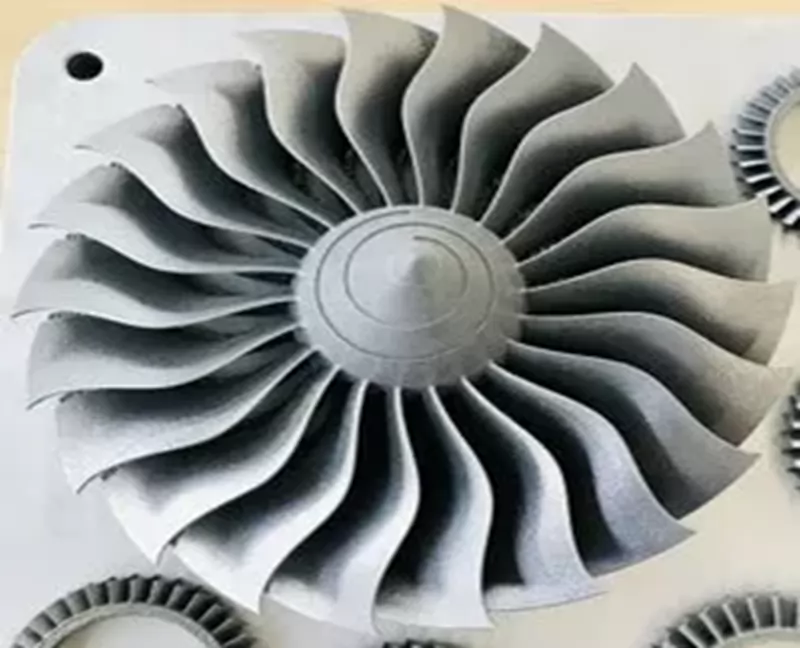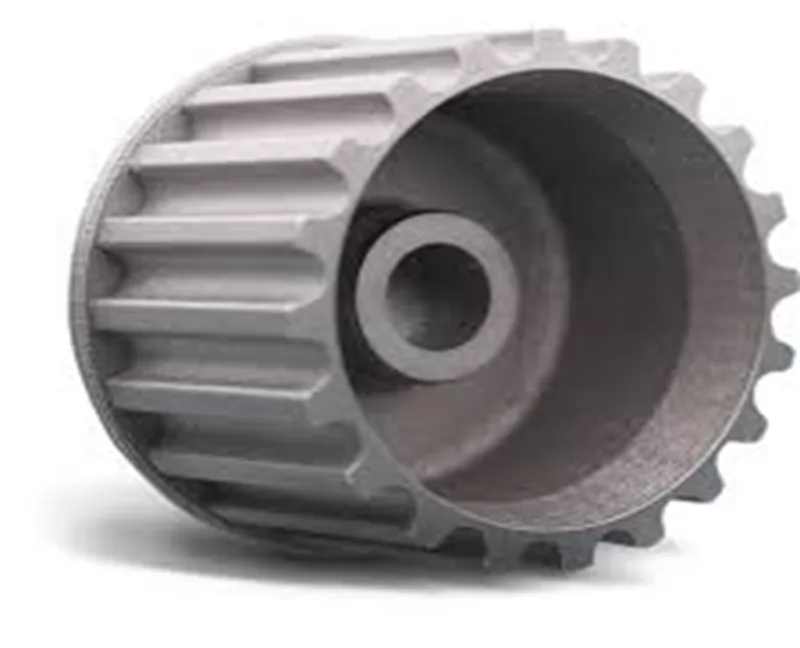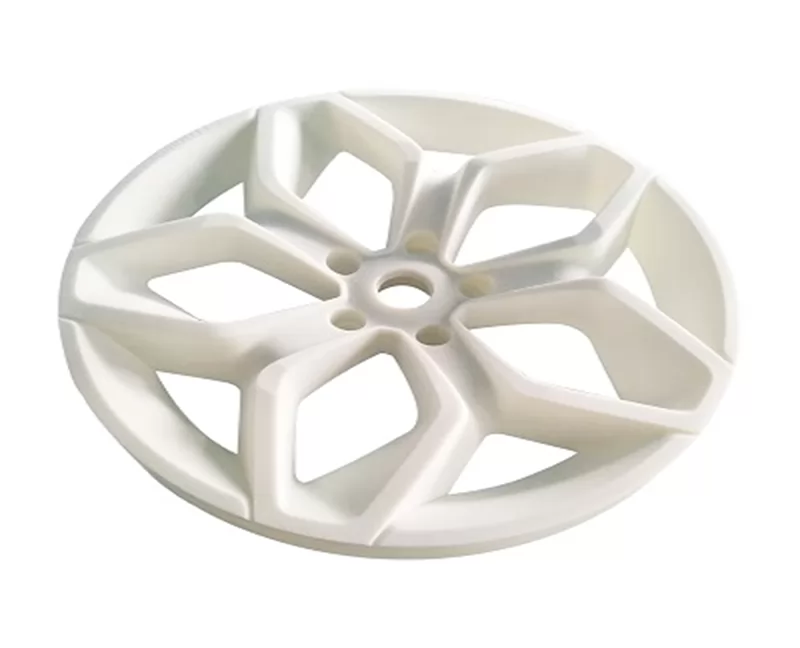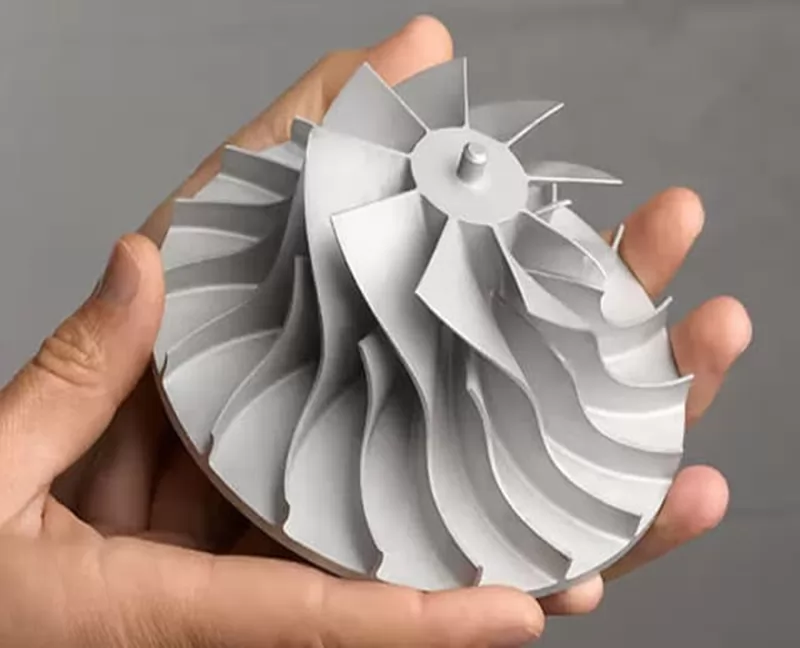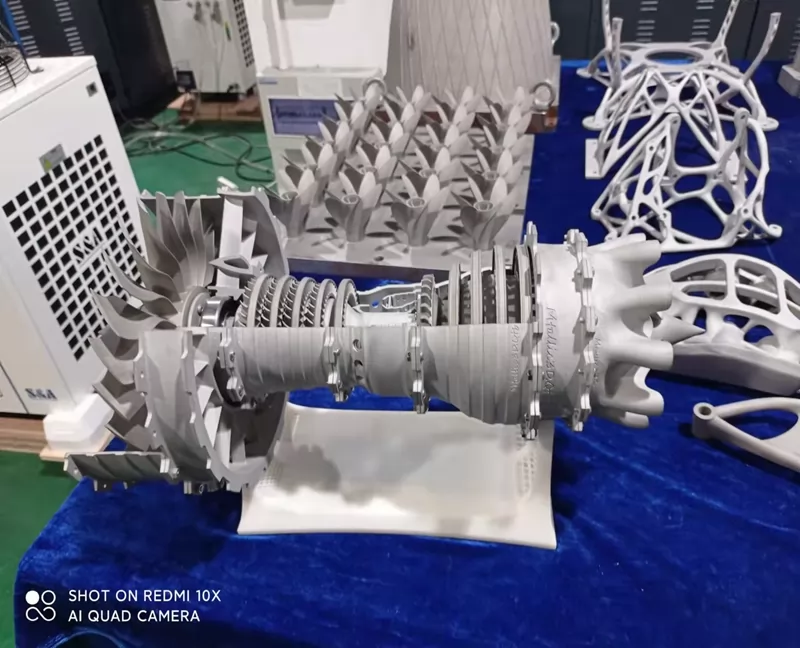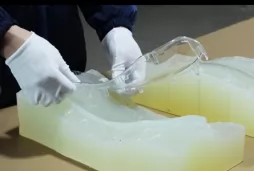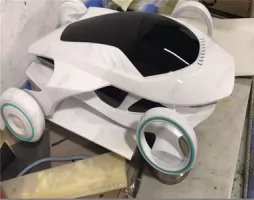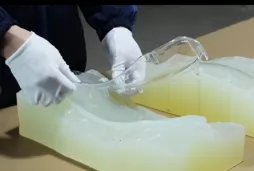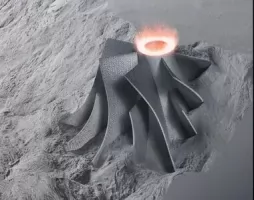-
Service
+
- CNC Precision Machining Service +
- Multi-Axis Simultaneous Machining Service +
- CNC Turning Service +
- Metal 3D Printing Service +
- Rapid Prototyping Service +
- Die Casting Service +
- Sheet Metal Fabrication Service +
-
Finish Serivces
+
- Polishing
- Grinding
- Brushed Finish
- Sand blasting
- Painting
- Powder Painting
- Anodizing
- Hard anodizing Service
- Passivation
- Zinc Plating
- Nickel Plating
- Chrome Plating
- Blackening
- Black Zinc Plating
- Teflon Coating
- Titanium Coating
- DLC Coating
- Laser Marking
- Silk Screen Printing
- Transfer Printing
- Micro Arc Oxidation
- Industries +
- About Us +
- Resource +
- Contact Us
- Quote

-
Service
-
>
-
>
-
>
-
>
-
>
-
>
-
>
-
>
-
- Industries
- About Us
- Resource
- Contact Us
Rapid Prototyping
Kesu Group rapid, prototypes, prototyping, 3dprinting, sheet metal, machining, cnc, vacuum casting, injection, moldingRapid prototyping service means making physical samples of a new product design concept. It is the preliminary step to final production and is most useful when verifying that the finished product looks, feels and performs as expected. There are several reasons why new product developers turn to rapid prototyping. They are used for functional testing, approval, design iterations, crowdfunding campaigns, trade show models, and as a bridge to low volume manufacturing.
Prototypes often inspire redesigns, improvements, and other modifications that may not be apparent from computer graphics alone, so in this regard they are beneficial for optimizing designs before committing resources to larger volumes. In fact, the ability to correct design errors early in the development phase not only compensates for the cost of the prototypes themselves, so they are a wise investment.
Rapid prototyping is a set of 3D printing techniques that rapidly produce 3D models to scale from computer-aided design (CAD) files through rapid manufacturing or assembly techniques.
What are the Advantages of Rapid Prototyping?
The primary advantages of rapid prototyping are two fold. First, it ensures the product or component fulfills its design goals since it can be validated through user feedback or functional testing. Secondly, it helps minimize costs since teams do not need to make the capital investment into tooling or manufacturing equipment that would be needed for a production run of parts. Instead, lower volume, more affordable manufacturing processes like 3D printing, CNC machining, or injection molding with aluminum tooling can fulfill the manufacturing needs for rapid prototyping at substantially lower costs.
There are dozens of ways prototypes can be made. As prototyping processes continue to evolve, product designers are constantly trying to determine which method or technology is best for their unique application. This white paper explores the advantages and shortcomings of the major prototyping processes now available to designers. It provides process descriptions and discusses material properties of parts produced by each specific prototyping option. In addition, a helpful tree highlights key questions designers must consider when choosing a prototyping process. Ultimately, the goal is to help you select the best prototyping process for your product development cycle.
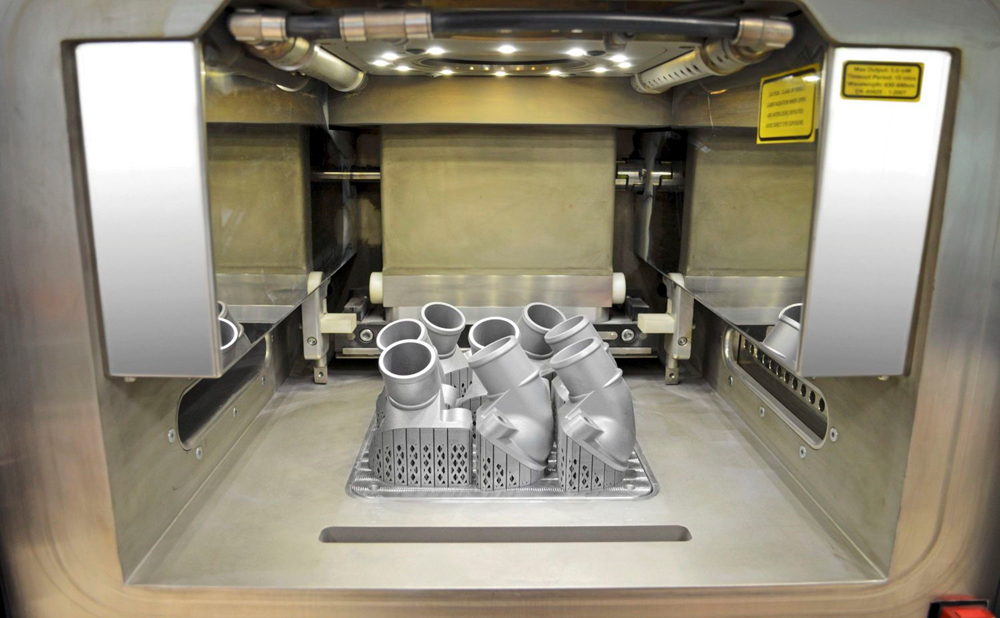
Prototype models help design teams make more informed decisions by obtaining invaluable data from the performance of, and the reaction to, those prototypes. The more data that is gathered at this stage of the product development cycle, the better the chances of preventing potential product or manufacturing issues down the road. If a well thought out prototyping strategy is followed, there is a far greater chance that the product will be introduced to the market on time, be accepted, perform reliably, and be profitable.
What is the best way to get a prototype made? The answer depends on where you are in your process and what you are trying to accomplish. Early in the design process, when the ideas are flowing freely, concept models are helpful. As the design progresses, a prototype that has the size, finish, color, shape, strength, durability, and material characteristics of the intended final product becomes increasingly important. Therefore, using the right prototyping process is critical. In order to most effectively validate your design, pay close attention to these three key elements of your design: functionality, manufacturability, and viability.
If your prototype can faithfully represent the attributes of the end-product, it is by definition functional. These requirements often include such things as material properties (e.g., flame resistance), dimensional accuracy for fit-up with mating parts, and cosmetic surface finishes for appearance.
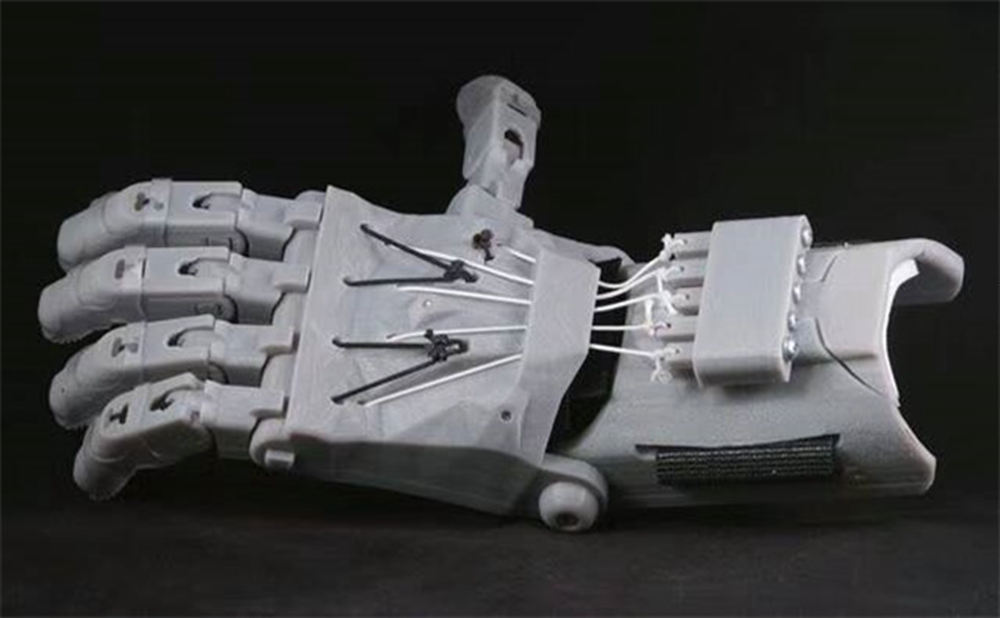
Contact:
Email: Maggie@kesugroup.com,
WhatsApp: +86 135-3842-1321
Our engineer team are ready for your projects and provide feedback quickly.

